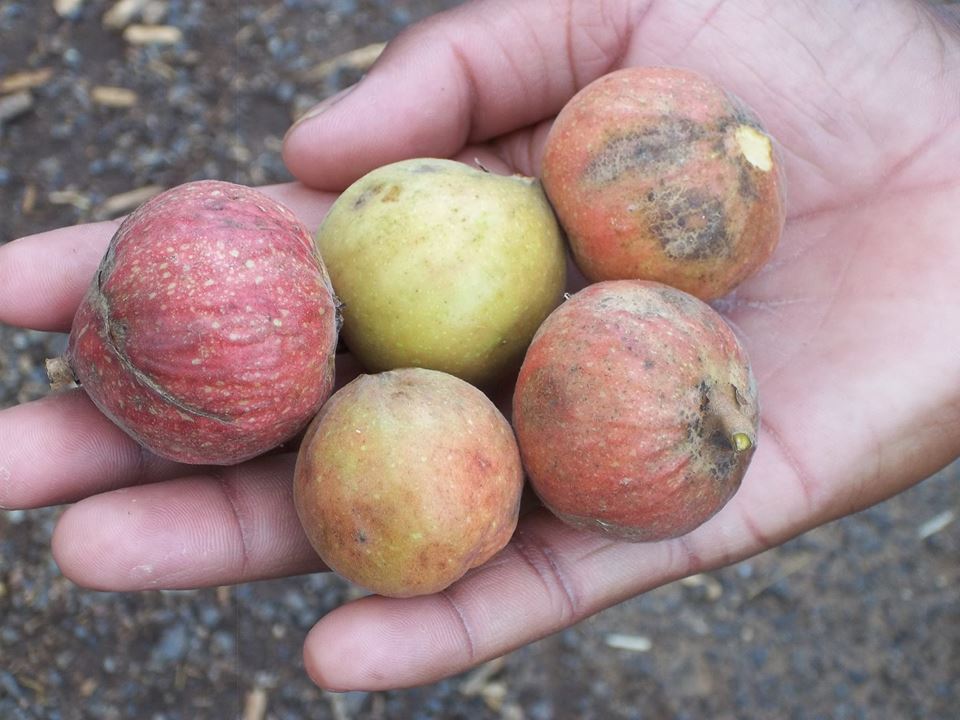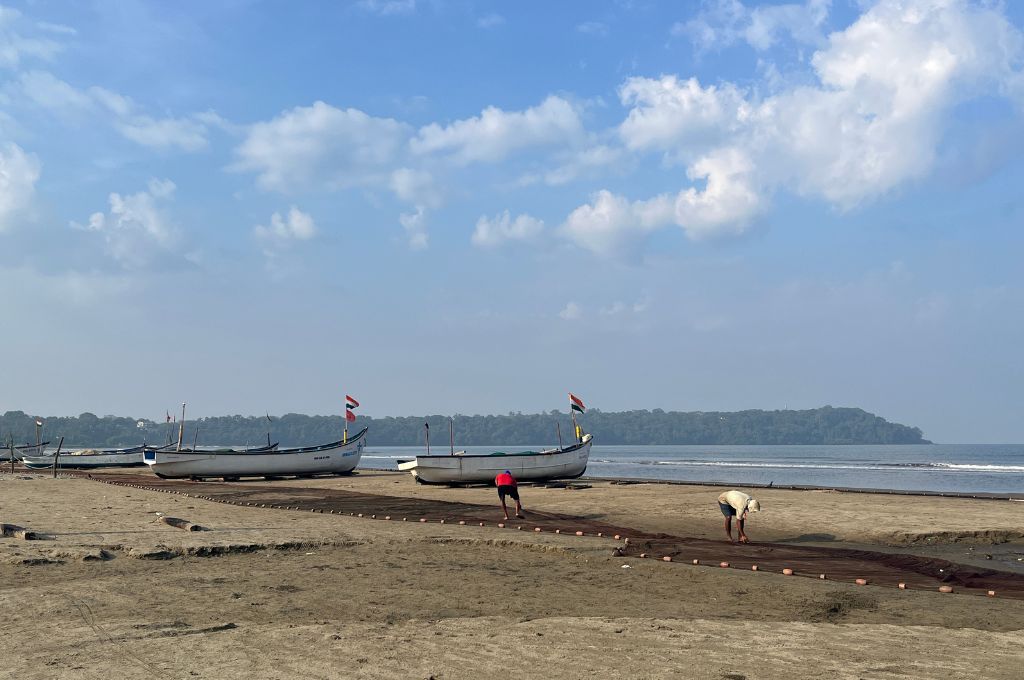An unequal exchange

The Paharias are an Adivasi community living in the Rajmahal hills of Pakur district, Jharkhand. They survive on shifting cultivation and a traditional forest-based economy. However, the Paharis also depend on mahajans—the local money lenders—for seeds and access to the market. Additionally, the mahajans sell or barter essential goods such as rice, potato, onion, or chilly, but they are not considered a threat, as they are one of the community’s only links to the outside world.
In recent years, the government has introduced subsidised rice for Adivasi and Below Poverty Line (BPL) families. This has brought about a significant change—reducing their dietary diversity to simplified rice-based meals. The Paharias now barter nutrient-rich wild food such as fruits, roots, tubers, insects, birds, edible leaves, mushrooms, tamarinds, and bamboo shoots with the middlemen in exchange for salt, oil, and other low-value domestic products.
In 2012, a nutrition survey conducted in ten Paharia villages highlighted that 33 percent of the children were severely underweight, another 40 percent were moderately underweight, and 56 percent were stunted. “The children are not as hardy as we used to be in our days,” says Rawte Paharia, one of the elderly members of the community.
Over time, the children’s indigenous knowledge base had eroded. Unaware of their heritage and rich biodiversity, they are more dependent on external sources of food and medicines. Consequently, they are more vulnerable to malnutrition, hunger, and disease.
A farmer, in his 40s, adds, “In my childhood we hardly bought anything from the open market except kerosene and salt. Now, we have to buy most of the things from outside markets, or mahajans, who trade with us more frequently. Cash income has become important for survival.”
Anshuman Das is a food activist with 20 years of experience as a trainer and researcher.
This story has been republished from LEISA India. Read the full story here.
—
Know more: Read this to understand why malnutrition persists among India’s tribal population.
Do more: Connect with the author at [email protected] to know more and support his work.



